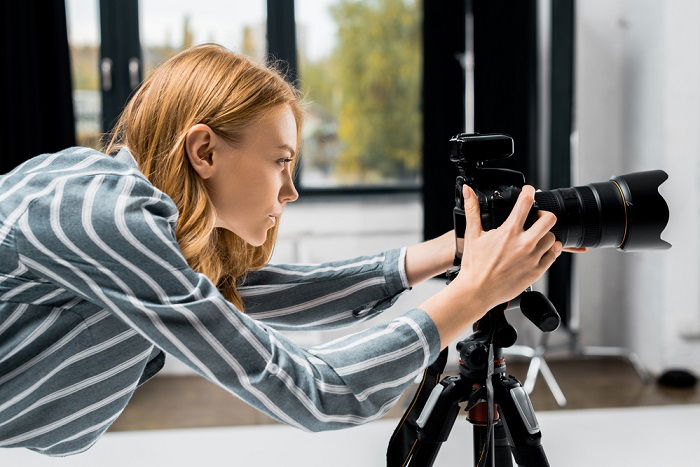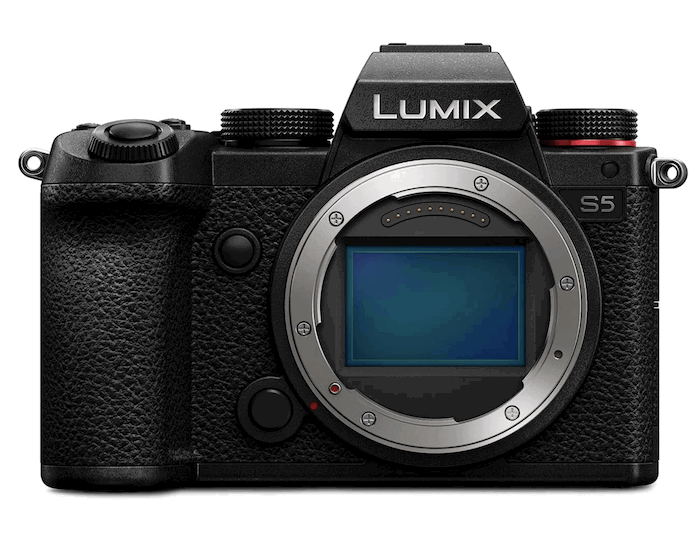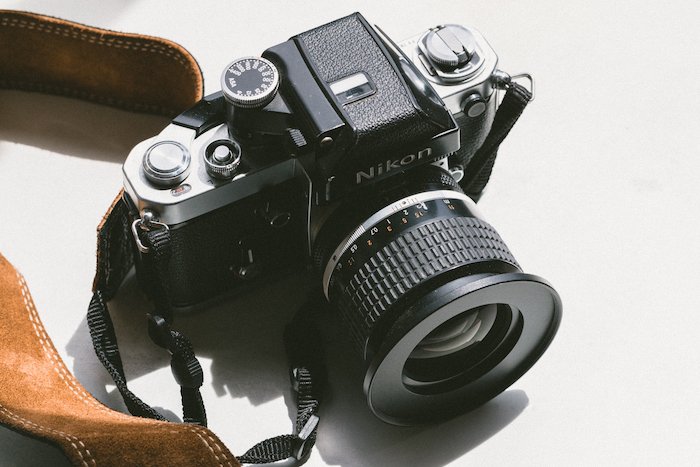
Best Camera Under $1000
Best Camera Under $1000!
The best camera under $1000 will offer many useful features, excellent performance, and amazing capture.
So which is the best camera under $1000?
Prices are always changing as we all know, so our list of candidates will change over time, but at the moment we think these cameras give you a lot of money.
If you are looking for the best camera under $1000 come to the right place. Whether you want a standard DSLR, a compact lens, or a modern mirrorless, we’ve compiled a list of cameras that cover all the bases. You no longer have to break the bank to have a camera that brings outstanding image quality and many advanced features.
If you think you want to spend a little over $ 1000, you can also check out our guides for the best mirrors or the best DSLR cameras. Don’t think that you have to spend a lot of money to get a good camera – even some of the cheapest cameras on this list can produce stunning images.
Some of the cameras below are slightly more advanced than others, you will need to consider what style of photography you want to focus on so that you can determine which features are most important. If you want to take pictures of wildlife, it may be a good idea to rely on the Micro Four Thirds dynamic cameras but if you want to take video and still images, look for a powerful 4K camera.
Point and shoot: Sony a6100
In addition to taking good pictures, the Sony a6100 has one of the simplest and most powerful autofocus systems we’ve tested, especially in this camera class. Choosing your theme is easy, and the camera’s ability to track moving people is amazing.
The a6100 has a selfie-friendly touch screen and a medium-quality electronic receiver. Burst shooting comes out at 11 fps with continuous autofocus.

Whereas the a6100 is lacking in terms of usability and video. It is not the most attractive camera to use, with cluttered controls and confusing menus, but the default mode and simple, powerful autofocus mean point and shooting. On the video side, though there is a lot of detail, there is a lot of shutters and a big crop when shooting 4K / 30p video (which is not a problem at 24p). That being said, the AF camera system can work as well on video as it does on stills.
Additional controls: Fujifilm X-S10
The X-S10 puts more control in your hands than the a6100, with pre-dial and post-control control and a play stick to stop autofocus point. A hands-on photo experience similar to the classic SLR style camera, but also a fully customizable screen to allow for high-quality shooting and video.
Another great benefit is Fujifilm which provides physical stability, making it easy to get sharp images and strong video in most cases. It can shoot up to 20 frames per second but can’t match Sony to get autofocus power and simplicity: AF is usually good but track tracking is unreliable, so you’ll need to work hard to keep AF with your title.
The video is beautiful, with 4K with 30p detail details without clutter and a well-controlled rolling lid. There are also headphones and mic sockets for sound enhancement, too. But Fujifilm’s most compelling feature is its Film Simulation color range, which offers a wide range of attractive ‘look’ features for your photos and video, without the need for filters and further processing.

Notable Mentions
• Canon EOS M50 Mark II: The Canon EOS M50 Mark II is an APS-C integrated mirrorless camera with an intuitive menu system and a fully defined touch screen. However, they are not as well built as the Nikon Z 50 and have very limited 4k recording capabilities.
• Canon EOS RP: Canon EOS RP is a mirrorless camera with a full frame that delivers excellent image quality and has an effective autofocus focus system. However, its price exceeds $ 1,000 when purchased a new one with its 24-105mm STM kit lens.
• Canon PowerShot G7 X Mark III: Canon PowerShot G7 X Mark III is slightly cheaper than the Canon PowerShot G5 X Mark II, but has no EVF and has a slightly shorter focal length.
• Fujifilm X-T200: The Fujifilm X-T200 is an easy-to-use APS-C glassless camera that brings the highest picture quality to the Sony α6400. It has a slower autofocus system, is uncomfortable to use, and sounds like it’s very cheap.
• Fujifilm X-E4: The Fujifilm X-E4 is a compact rangefinder integrated APS-C sensor rangefinder. It offers excellent image quality, excellent video quality, and can shoot at 4k up to 30 fps without crop. Its lack of handgrip and non-rubber body makes it uncomfortable to hold for long.
• Nikon D3500: The Nikon D3500 is a good choice if you want a cheaper DSLR relatively easy for beginners, thanks to its built-in ‘Guide’ shooting mode. That being said, it has a fixed screen, a simple autofocus system, and has no improved video features.
• Nikon D5600: The Nikon D5600 is a better alternative to the Canon EOS Rebel T8i, but it can be difficult to find and does not support 4k video.
• Sony α6100: The Sony α6100 is very similar to the Sony α6400, though it has a low-resolution viewer and does not support Log profile capture.








































